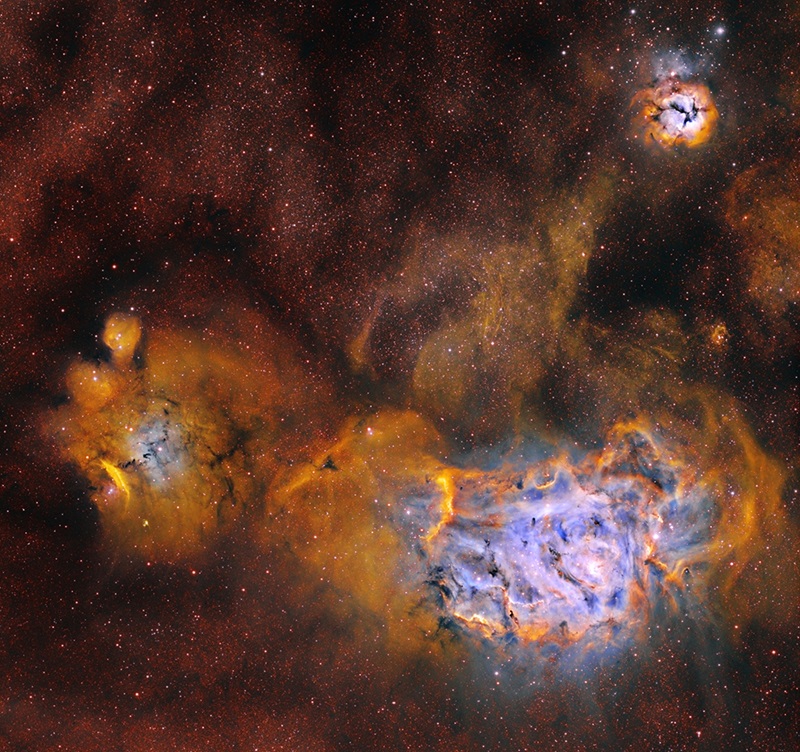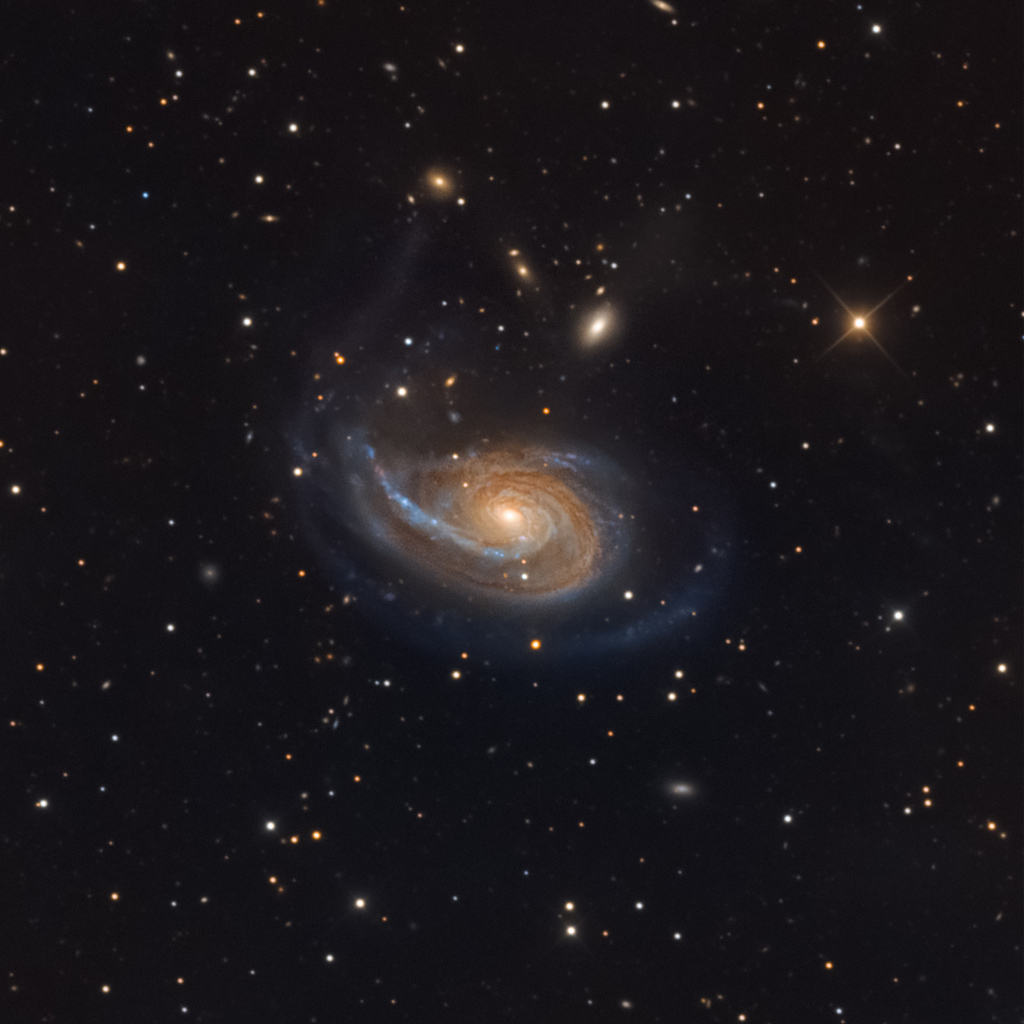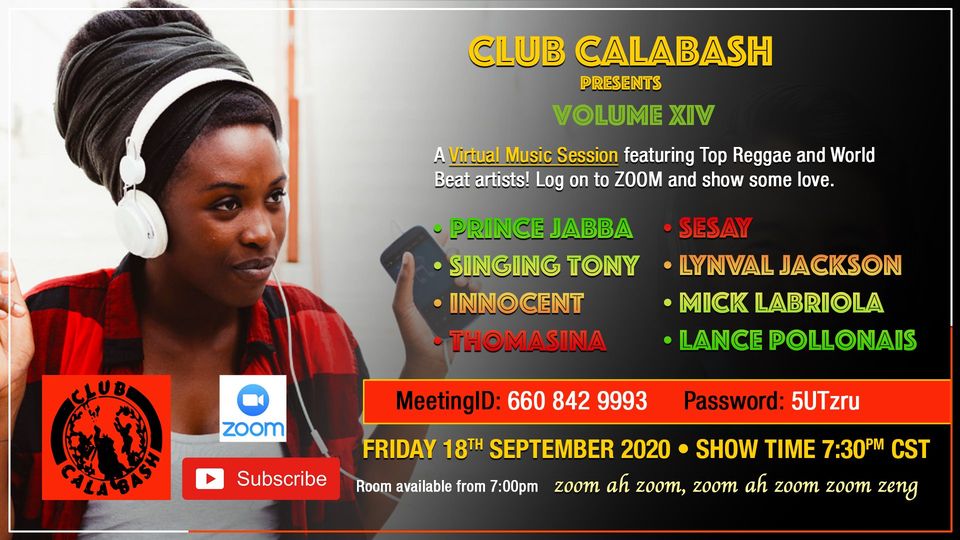Blog
Keith Moore “Red” Mitchell (September 20, 1927 – November 8, 1992), was an American jazz double-bassist, composer, lyricist, and poet. Mitchell was born on September 20, 1927, in New York City. His younger brother, Whitey Mitchell, also became a jazz bassist.
Mitchell was raised in New Jersey by a father who was an engineer and loved music, and a mother who loved poetry. His first instruments were piano, alto saxophone, and clarinet. Although Cornell University awarded him an engineering scholarship, by 1947 he was in the US Army playing bass. The next year he was in a jazz trio in New York City.
Mitchell performed and/or recorded with Mundell Lowe, Chubby Jackson, Charlie Ventura, Woody Herman, Red Norvo, Gerry Mulligan, and, after joining the West Coast jazz scene in the early 1950s, with André Previn, Shelly Manne, Hampton Hawes, Billie Holiday, Stan Seltzer, Ornette Coleman, and others such as Mahalia Jackson. He also worked as a bassist in the TV and film studios around Los Angeles, occasionally appearing on screen. Mitchell also appeared in documentaries about Tal Farlow and Zoot Sims.
https://www.youtube.com/watch?v=yxhF-8U7PsU
more...Elvira “Vi” Redd (born September 20, 1928) is an American jazz alto saxophone player, vocalist and educator. She has been active since the early 1950s and is known primarily for playing in the bebop, hard bop and post-bop styles. She is highly regarded as an accomplished veteran who has performed with Count Basie, Rahsaan Roland Kirk, Linda Hopkins, Marian McPartland and Dizzy Gillespie.
Redd is the daughter of New Orleans jazz drummer and Clef Club co-founder Alton Redd and Mattie Redd (née Thomas). She was born in Los Angeles. She was deeply influenced during her formative years by her father, who was one of the leading figures on the Central Avenue jazz scene. Another important musical mentor was her paternal great aunt Alma Hightower.
more...https://www.youtube.com/watch?v=vZVuXBZaZGs
more...David Bromberg (born September 19, 1945) is an American multi-instrumentalist, singer, and songwriter. An eclectic artist, Bromberg plays bluegrass, blues, folk, jazz, country and western, and rock and roll. He is known for his quirky, humorous lyrics, and the ability to play rhythm and lead guitar at the same time.
Bromberg has played with many famous musicians, including Jerry Jeff Walker, Willie Nelson, Jorma Kaukonen, Jerry Garcia, Rusty Evans (The Deep) and Bob Dylan. He co-wrote the song “The Holdup” with former Beatle George Harrison, who played on Bromberg’s self-titled 1972 album. In 2008, he was nominated for a Grammy Award.[3] Bromberg is known for his fingerpicking style that he learned from Reverend Gary Davis. Bromberg was born to a Jewish family in Philadelphia and raised in Tarrytown, New York. He attended Columbia College of Columbia University in the 1960s, studying guitar with Reverend Gary Davis during that period.
Proficient on fiddle, many styles of acoustic and electric guitar, pedal steel guitar and dobro, Bromberg began releasing albums of his own in the early 1970s on Columbia Records. His seven-minute rendition of “Mr. Bojangles” from 1972’s Demon in Disguise, interspersed with tales about traveling with song author Jerry Jeff Walker, earned Bromberg progressive rock radio airplay. In 1973, he played mandolin, dobro, and electric guitar on Jonathan Edwards‘ album Have a Good Time for Me.
more...Cass Elliot (born Ellen Naomi Cohen; September 19, 1941 – July 29, 1974), also known as Mama Cass, was an American singer and actress who is best known for having been a member of the Mamas and the Papas. After the group broke up, she released five solo albums. In 1998, she was posthumously inducted into the Rock and Roll Hall of Fame for her work with the Mamas and the Papas.
Ellen Naomi Cohen was born in Baltimore, Maryland, on September 19, 1941, the daughter of Bess (née Levine; 1915–1994) and Philip Cohen (died 1962).[2] All four of her grandparents were Russian Jewish immigrants. Her family was subject to significant financial stresses and uncertainties during her childhood years. Her father, involved in several business ventures throughout his life, ultimately succeeded through the development of a lunch wagon business in Baltimore which provided meals to construction workers. Her mother was a trained nurse. Elliot had a brother, Joseph, and a younger sister, Leah, who also became a singer and recording artist. Elliot’s early life was spent with her family in Alexandria, Virginia, before the family moved to Baltimore when Elliot was 15, and where they had briefly lived at the time of Elliot’s birth. Elliot, age 32, died in her sleep at the London flat where she was staying. According to forensic pathologist Keith Simpson, who conducted her autopsy, her death was due to heart failure. A drug screen that was part of the forensic autopsy revealed there were no drugs in her system. Elliot died in Flat 12, 9 Curzon Place (later Curzon Square), Shepherd Market, Mayfair, London, which was on loan from singer-songwriter Harry Nilsson. Four years later, The Who‘s drummer Keith Moon died in the same room, also aged 32 years.
Elliot’s body was cremated at the Hollywood Forever Cemetery in Los Angeles, California.
more...Muhal Richard Abrams (born Richard Lewis Abrams; September 19, 1930 – October 29, 2017) was an American educator, administrator, composer, arranger, clarinetist, cellist, and jazz pianist in the free jazz medium. He recorded and toured the United States, Canada and Europe with his orchestra, sextet, quartet, duo and as a solo pianist. His musical affiliations constitute a “who’s who” of the jazz world, including Max Roach, Dexter Gordon, Eddie “Lockjaw” Davis, Art Farmer, Sonny Stitt, Anthony Braxton, and The Art Ensemble of Chicago.
Abrams’s mother, Edna, was born in Memphis.His father, Milton, was born in Alabama and moved with his parents to Chicago. Richard Lewis Abrams was born there, the second of nine children, on September 19, 1930. His father became a self-employed handyman; his mother was a housewife. “Abrams’s paternal grandfather was ‘what you call a junk man’, selling the fruits of neighborhood foraging. Abrams and his brother would pull the cart around the neighborhood, eventually arriving at a junk-yard on State Street, where the items would be sold.” Abrams first attended Forrestville public school in Chicago. He grew up in a gang area; truancy and fighting meant that he was sent to Moseley School, a reformatory school for boys. There, in addition to strict discipline, he was taught about black histories. He later moved on to DuSable High School. Although he was aware of the strong music program there, led by Walter Dyett, Abrams preferred playing sports, so did not participate in Dyett’s classes. Among the future musicians Abrams met at the school were Charles Davis, Richard Davis, John Gilmore, Johnny Griffin, Laurdine Patrick, and Julian Priester.
more...The Lagoon Nebula (M8, bottom) and the Trifid Nebula (M20, upper right) are famous deep-sky objects in the constellation Sagittarius the Archer. This image was created by combining exposures through Hydrogen-alpha, Oxygen-III, and Sulfur-II filters.

George Lowen Coxhill (19 September 1932 – 10 July 2012), generally known as Lol Coxhill, was an English free improvising saxophonist and raconteur. He played the soprano or sopranino saxophone.
Coxhill was born to George Compton Coxhill and Mabel Margaret Coxhill (née Motton) at Portsmouth, Hampshire, UK. He grew up in Aylesbury, Buckinghamshire, and bought his first saxophone in 1947. After national service he became a busy semi-professional musician, touring US airbases with Denzil Bailey’s Afro-Cubists and the Graham Fleming Combo. In the 1960s he played with visiting American blues, soul and jazz musicians including Rufus Thomas, Mose Allison, Otis Spann, and Champion Jack Dupree. He also developed his practice of playing unaccompanied solo saxophone, often busking in informal performance situations. Other than his solo playing, he performed mostly as a sideman or as an equal collaborator, rather than a conventional leader – there was no regular Lol Coxhill Trio or Quartet as would normally be expected of a saxophonist. Instead he had many intermittent but long-lasting collaborations with like-minded musicians.
more...Cora “Lovie” Austin (September 19, 1887 – July 8, 1972) was an American Chicago bandleader, session musician, composer, singer, and arranger during the 1920s classic blues era. She and Lil Hardin Armstrong are often ranked as two of the best female jazz blues piano players of the period.
She was born Cora Taylor in Chattanooga, Tennessee. Lovie grew up with eight brothers and sisters. She took the name Cora Calhoun in her teens from an early marriage; she was married for a short time to a movie house operator in Detroit and then later married a vaudeville performer, Phillip Austin. She studied music theory at Roger Williams University in Nashville, and Knoxville College in Knoxville, Tennessee which was uncommon for African American woman and jazz musicians alike during the time.
In 1923, Lovie Austin decided to make Chicago her home, and she lived and worked there for the rest of her life. She was often seen racing around town in her Stutz Bearcat with leopard skin upholstery, dressed to the teeth. Her early career was in vaudeville, where she played piano and performed in variety acts. Accompanying blues singers was Lovie’s specialty, and can be heard on recordings by Ma Rainey (“Moonshine Blues), Ida Cox (“Wild Women Don’t Have the Blues“), Ethel Waters (“Craving Blues”), and Alberta Hunter (“Sad ‘n’ Lonely Blues”).
more...https://www.youtube.com/watch?v=4ySHLafN9Bw
more...Peculiar spiral galaxy Arp 78 is found within the boundaries of the head strong constellation Aries, some 100 million light-years beyond the stars and nebulae of our Milky Way galaxy.Also known as NGC 772, the island universe is over 100,000 light-years across and sports a single prominent outer spiral arm in this detailed cosmic portrait. Its brightest companion galaxy, compact NGC 770, is toward the upper right of the larger spiral. NGC 770’s fuzzy, elliptical appearance contrasts nicely with a spiky foreground Milky Way star in matching yellowish hues. Tracking along sweeping dust lanes and lined with young blue star clusters, Arp 78’s large spiral arm is likely due to gravitational tidal interactions. Faint streams of material seem to connect Arp 78 with its nearby companion galaxies.

Emily Remler (September 18, 1957 – May 4, 1990) was an American jazz guitarist, active from the late 1970s until her death in 1990.
Born in Englewood Cliffs, New Jersey, Remler began guitar at age ten. She listened to pop and rock guitarists like Jimi Hendrix and Johnny Winter. At the Berklee College of Music in the 1970s, she listened to jazz guitarists Charlie Christian, Wes Montgomery, Herb Ellis, Pat Martino, and Joe Pass.
Remler settled in New Orleans, where she played in blues and jazz clubs, working with bands such as Four Play and Little Queenie and the Percolators before beginning her recording career in 1981. She was praised by jazz guitarist Herb Ellis, who referred to her as “the new superstar of guitar” and introduced her at the Concord Jazz Festival in 1978.
more...Steve Marcus (September 18, 1939 in New York’s Bronx – September 25, 2005 in New Hope, Pennsylvania) was an American jazz saxophonist. His first album as a leader included an arrangement of the Beatles’ song “Tomorrow Never Knows“. He worked with jazz drummer Buddy Rich for the last twelve years of Rich’s life. After Rich died, Marcus led the band and renamed it Buddy’s Buddies.
more...María del Rocío Trinidad Mohedano Jurado (Spanish pronunciation: [roˈθi.o xuˈɾaðo], 18 September 1944 – 1 June 2006), better known as Rocío Jurado, was a Spanish singer and actress. She was born in Chipiona (Cádiz) and nicknamed “La más grande” (“The Greatest”).
In 2000 in New York, she won the prize “La voz del Milenio” for best female voice of the 20th century. Rocío Jurado sold more than 16 million records, making her one of the best-selling Spanish female singers. She received 5 platinum and 30 gold discs.
Rocío Jurado was born in Calvo Soto Street 11, Chipiona (Cádiz) in Andalusia, Spain. Her father, Fernando Mohedano Crespo (died at 36 years old) was a shoemaker and flamenco singer in his spare time; her mother, Rocío Jurado Bernal (died at 52 years old because of pancreatic cancer) was housewife and amateur performer of Spanish traditional music. Rocío Jurado was the eldest of 3 children, Amador (1954) and Gloria (1955) and she had 3 nephews and 5 nieces.
https://www.youtube.com/watch?v=Man1VgCma6A
more...Though he was certainly capable of brilliantly fronting a band, remarkably versatile guitarist/harpist Louis Myers will forever be recognized first and foremost as a top-drawer sideman and founding member of the Aces — the band that backed harmonica wizard Little Walter on his immortal early Checker waxings.
Along with his older brother David — another charter member of the Aces — Louis left Mississippi for Chicago with his family in 1941. Fate saw that the family move next door to blues great Lonnie Johnson, whose complex riffs caught young Louis‘ ear. Another Myers brother, harp-blowing Bob, hooked Louis up with guitarist Othum Brown for house party gigs. Myers also played with guitarist Arthur “Big Boy” Spires before teaming with his brother, David, on guitar and young harpist Junior Wells, to form the first incarnation of the Aces (who were initially known as the Three Deuces). In 1950, drummer Fred Below came on board.
In effect, the Aces and Muddy Waters traded harpists in 1952, Wells leaving to play with Waters while Little Walter, just breaking nationally with his classic “Juke,” moved into the frontman role with the Aces. Myers and the Aces backed Walter on his seminal “Mean Old World,” “Sad Hours,” “Off the Wall,” and “Tell Me Mama” and at New York’s famous Apollo Theater before Louis left in 1954 (he and the Aces moonlighted on Wells‘ indispensable 1953-1954 output for States).
Plenty of sideman work awaited Myers — he played with Otis Rush, Earl Hooker, and many more. But his own recording career was practically non-existent; after a solitary 1956 single for Abco, “Just Whaling”/”Bluesy,” that found Myers blowing harp in Walter-like style, it wasn’t until 1968 that two Myers tracks turned up on Delmark.
more...More Posts
- Daily Roots with the Abyssinians
- The Cosmos with NGC 6729
- Carlos Santana Day
- Ernie Wilkins Day
- World Music with Vicente Amigo
- Daily Roots with Earth & Stone
- The Cosmic with ARP 336
- Phil Upchurch Day
- Buster Bailey Day
- World Music with Che Sudaka
- Daily Roots with Israel Vibration
- The Cosmos with W3
- Screaming Jay Hawkins Day
- Tatá Güines Day
- World Music with Ambi Subramaniam
- Daily Roots with Slim Smith
- The Cosmos with NGC 3169 & SN2003cg
- Chico Freeman Day
- Ben Riley Day
- Joe Morello Day
